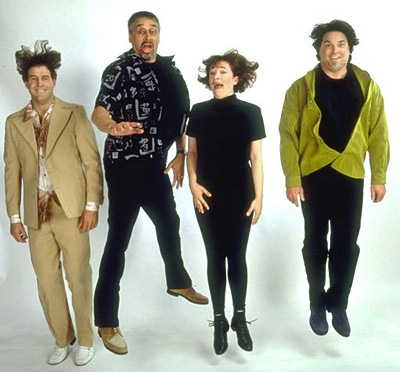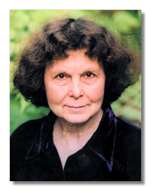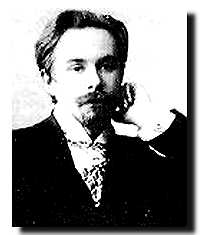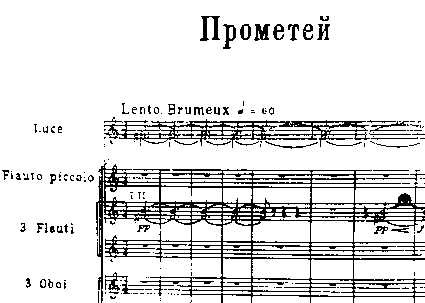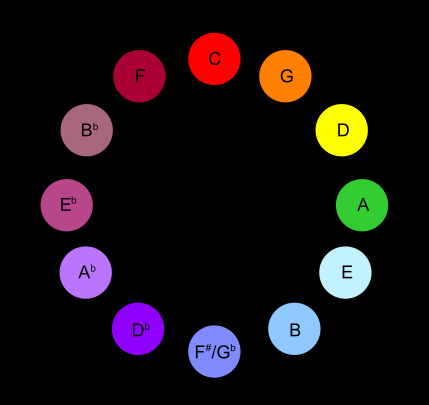Synesthesia
Pseudo-synesthete composers and musicians
Sir Arthur Bliss, who wrote his Colour Symphony in 1922, was not a synesthete. He was simply yet another influenced by the ideas of "color music", although, for him, it did not come with the trappings of mystic religions, but, rather, with British traditions. The symphony features four movements: Purple; Red; Blue; and Green. Bliss based this work upon the symbolism generally associated with the colors in traditional English heraldry, along the following lines: " Purple - Amethysts, Pageantry, Royalty - and Death; Red - Rubies, Wine, Furnaces, Magic, _ ; Blue - Sapphires, Deep Water, Skies, Loyalty, Melancholy ; Green - Emeralds, Hope, Youth, Joy, Spring, and Victory " (Dannatt 1991).
Richard Bob Greene co-wrote the song "Synaesthesia", on the Shut Up and Sing album. Greene states, "Sorry to say that none of us is naturally synaesthetic. I just read an article in some scientific journal and found it intriguing and made up the rest of the lyrics from there."
In 1989, Miles Davis presented his album, Aura , which is a suite of 10 modern jazz pieces each set upon a color. Aura was composed by Palle Mikkelborg, who was not a synesthete. The composer was aware of the concept of synesthesia, but only slightly. The correspondences made between the musical styles and particular colors is basically based upon western-European – and more so, on North American – culture. Furthermore, the associations are fairly "loose"; the colors are arranged in a certain sequence, and the musical pieces of the suite flow in a certain arrangement, but there is not strong attempt to have the two sequences correspond.
Russian composer. Composed the following:
Alleluja (1990)
Duration: 35'
for large orchestra, organ, mixed chorus and boy's voice
vo; SATB chorus; 2+pic+afl.22+Ebcl+bcl.2+cbn/4331/
6perc/2hp.cel.hpd(amp).2pf.org/str (16.16.12.12.8); color keyboard (opt).
László, Alexander (1895 - 1970)
Hungarian musician and composer, born 22 Nov., 1895. Composed a small set of Lichtmusik (light-music) pieces, including "Eleven preludes" (opus 10). "Eleven preludes" had the following scheme:
1. ultramarine; 2. yellow; 3. violet; 4. leaf-green; 5. grey; 6. red; 7. ice-blue; 8. white; 9. sea-green; 10. cress; 11. black.
[Click on the number to hear the corresponding piece.]
[Movement 10 - cress segues directly into movement 11 - black.]
Alexander Scriabin probably was not a synesthete, but, rather, was highly influenced by the French and Russian salon fashions. Most noticeably, Scriabin seems to have been strongly influenced by the writings and talks of the Russian mystic, Helena P. Blavatsky, founder of The Theosophical Society and author of such works as Isis Unveiled and The Secret Doctrine (see Dann 1998). The synesthetic motifs found in Scriabin's compositions – most noticeably in Prometheus, composed in 1911 – are developed off of ideas from Newton, and follow a basic mathematical musical algorithm, called a circle of fifths (see Galeyev 1987; Dann 1998; and, of course, Scriabin 1995 (1911)). The score of Prometheus contains a line designated "Luce"; this was for a light organ, playing two lines: one to correspond to Scriabin's concepts of the "correct" colors for each musical key, as he modulated from key to key; the other, to counter the first line's colors. Scriabin and others were unable to realize a light-music performance of Prometheus until its premier performance in New York, in 1915, where, rather than using a color organ, colored light was projected onto a screen set above the orchestra performers' heads.
Scriabin's system of colored musical keys:
C# -- Purple
F# -- Bright Blue/Violet
B -- Blue
E -- Sky Blue
A -- Green
D -- Yellow
G -- Orange
C -- Red
F -- Deep Red
Bb -- Rose/Steel
Eb -- Flesh
Ab -- Violet
Db -- Purple (same as C #)
Gb -- Bright Blue/Violet (same as F#)
Blavatsky's paradigm:
Si -- Violet
La -- Indigo
Sol -- Black
Fa -- Green
Mi -- Yellow
Re -- Orange
Do -- Red
Last updated: 14.April.2016

